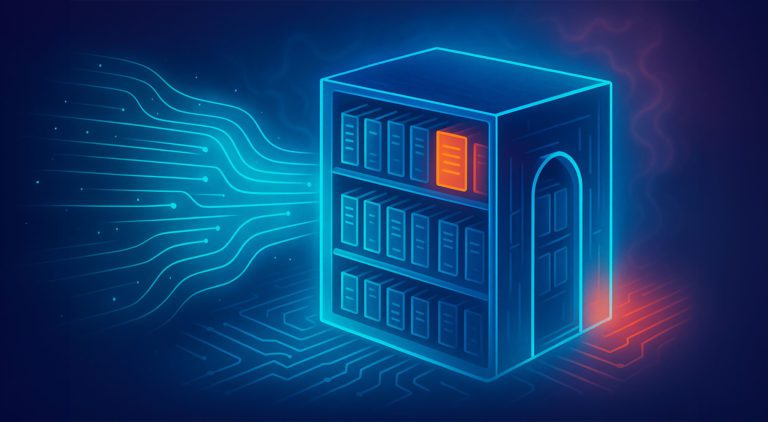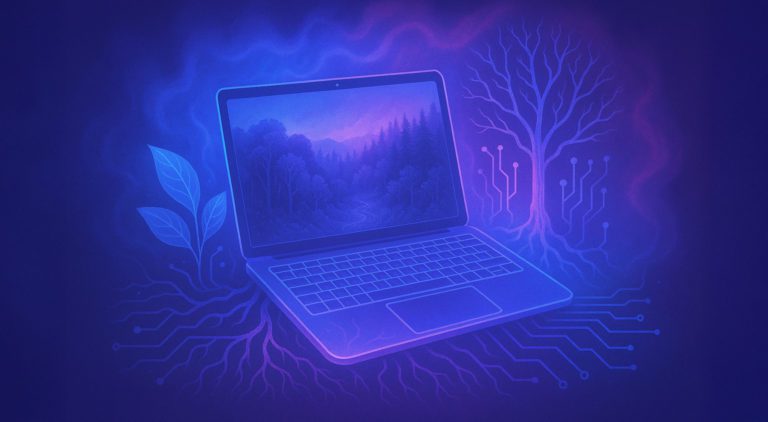Having a multi-source approach allows you to master the state of the art in your field and hold the key to innovating effectively. The approach consists of providing a complete overview of current knowledge on a given subject. But to be truly relevant, this state of the art must absolutely rely on a multi-source approach! By combining information from patents, scientific publications, web data and more, you will have an infinitely richer and more useful understanding of the issues, players and trends. Why is this fundamental? And how to achieve this? We explain…!
 WHAT IS A STATE OF THE ART?
WHAT IS A STATE OF THE ART?
The state of the art represents the strategic starting point for any innovation or research project. It will make it possible to identify:
- Key players : who is active in a specific area ? What are the research laboratories, companies, or start-ups ?
- The degree of maturity of the different technologies represented.
- Emerging technologies : which ones are under development or recently commercialized ?
- Industry trends : what is shaping the market or research ?
But to obtain a useful state of the art, the exercise is not limited to data collection . It is the detailed analysis that will make it possible to draw strategic lessons . The final objective is to detect opportunities , partners and anticipate market developments.
 WHY A MULTI-SOURCE APPROACH IS ESSENTIAL
WHY A MULTI-SOURCE APPROACH IS ESSENTIAL
Diversify to better understand
Each source of information sheds different light on the same subject. Some examples of useful and essential sources:
- Scientific publications and conference proceedings provide an overview of the state of fundamental or technological research. They reveal the most upstream advances and, where appropriate, enable the detection of key university collaborations or research fronts.
- Patents lie at the intersection of applied research and innovation. They make it possible to identify technologies ready to be exploited as well as key market players. On the other hand, when you learn about it, you are already two years late . The publication of a patent application occurs 18 months after its filing, to which is added the drafting time and incidentally a little prior research.
- The web and social networks offer real-time information on existing products, user feedback or R&D development trends.
- Collaborative projects (example: the ANR or the European Union) provide a vision of the research work in progress, and of the actors (including your competitors) who carry it out. They also offer a perspective on progress in the medium or long term.
Maximize the complementarity of information
Taking into account only one source, such as patents for example, therefore exposes you to bias. All sources have their advantages and disadvantages. A state of the art limited to patents can lead to serious misinterpretations. First of all, not everything is patentable… and moreover, many players choose not to file patents and prefer other forms of protection.
To be useful for strategic purposes, a state of the art must therefore systematically cover all available sources: scientific articles, websites or the specialized press, collaborative projects but also theses, conferences. You will have an infinitely finer strategic understanding than research limited to a single source... and you will limit the risk of missing weak signals.
Informed decision making
Varied and cross-referenced data allows management teams to base their choices on verified facts rather than assumptions. This reduces the risk of missing out on useful information and maximizes their ability to seize opportunities , whether technology investments, strategic partnerships or new markets to explore.
- To learn more, also read – Patent landscape: map your patent environment and monitor your competitors
 THE CHALLENGES OF A MULTI-SOURCE APPROACH
THE CHALLENGES OF A MULTI-SOURCE APPROACH
Information volume and infobesity
Each year, millions of documents are published (articles, patents, theses, etc.) around the world. In this context, sorting and analyzing relevant information is a real challenge. data must be and cleaned before clear and actionable lessons can be drawn from it.
This voluminous and heterogeneous information is collected in very varied formats . This diversity requires the use of tools capable of grouping together in a standardized all the data useful for producing a state of the art, of enriching them in particular using artificial intelligence before being able to analyze them.
Lack of time and resources
Consequently, carrying out exhaustive research and relevant analysis using data from multiple sources is likely to take a lot of time and often require dedicated and specialized teams.
Databases (free or paid) most often offer advanced search functionalities, and sometimes even some interesting analysis and filter tools. However, you risk having to carry out as many analyzes as there are sources, which makes the task even more complex.
 THE NEED TO OPT FOR TOOLS ADAPTED TO THE MULTI-SOURCE APPROACH
THE NEED TO OPT FOR TOOLS ADAPTED TO THE MULTI-SOURCE APPROACH
Gathering information from such diverse sources therefore requires tools capable of processing heterogeneous data . This is where solutions such as IPMetrix, Skopai or even Data Lake come in, which allow this type of data grouped , analyzed and via a collaborative .
This allows you to save time in order to:
- detect weak signals,
- map emerging technologies,
- anticipate market movements.
The IPMetrix approach: a 360° state of the art
IPMetrix does not just analyze: the tool allows you to centralize information bringing together a multitude of available sources, to facilitate collaboration between R&D, innovation and intellectual property teams. With visualizations , even non-experts can quickly understand the issues at hand.
By combining artificial intelligence, semantic analysis and advanced visualization tools, IPMetrix allows you:
- to cross-reference data from patents, articles, theses, collaborative projects and the web.
- to provide clear summaries , adapted to the strategic needs of decision-makers.
- to anticipate trends through anticipatory and structured monitoring.
The objective? Enjoy an exhaustive and detailed view , avoid blind spots and maximize the strategic exploitation of the state of the art achieved.
A multi-source approach is essential to produce a relevant state of the art. It guarantees complete and in-depth coverage of information, while avoiding the biases of analysis limited to a single source.
With IPMetrix, TKM places multi-source exploration at the heart of its approach, providing companies with a 360° to make informed strategic decisions. Discover how IPMetrix can transform your approach to state-of-the-art data and strengthen your strategic decision-making.
Here's what our software suite can do for you:

 WHAT IS A STATE OF THE ART?
WHAT IS A STATE OF THE ART? WHY A MULTI-SOURCE APPROACH IS ESSENTIAL
WHY A MULTI-SOURCE APPROACH IS ESSENTIAL 
 THE CHALLENGES OF A MULTI-SOURCE APPROACH
THE CHALLENGES OF A MULTI-SOURCE APPROACH  THE NEED TO OPT FOR TOOLS ADAPTED TO THE MULTI-SOURCE APPROACH
THE NEED TO OPT FOR TOOLS ADAPTED TO THE MULTI-SOURCE APPROACH

